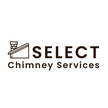(207) 975-5726
mymail@mailservice.com
Chimney Liner Installation: Protecting Your Home and Family's Safety
Select Chimney Services, based in Porter, Maine, offers over 12 years of expertise in chimney maintenance, ensuring the safety and efficiency of your chimney system.
Their top three services include:
- Chimney Waterproofing: Protects your chimney from water damage by applying professional-grade waterproofing materials, preventing costly issues related to moisture intrusion.
- Stainless Steel Liner Installation: Enhances chimney performance and safety by installing durable stainless steel liners, improving efficiency and extending the lifespan of your chimney.
- Demolition and Tuckpointing: Restores structural integrity by repairing or replacing damaged mortar joints, ensuring your chimney remains safe and aesthetically pleasing.
For comprehensive chimney care, Select Chimney Services is dedicated to delivering high-quality solutions tailored to your specific needs
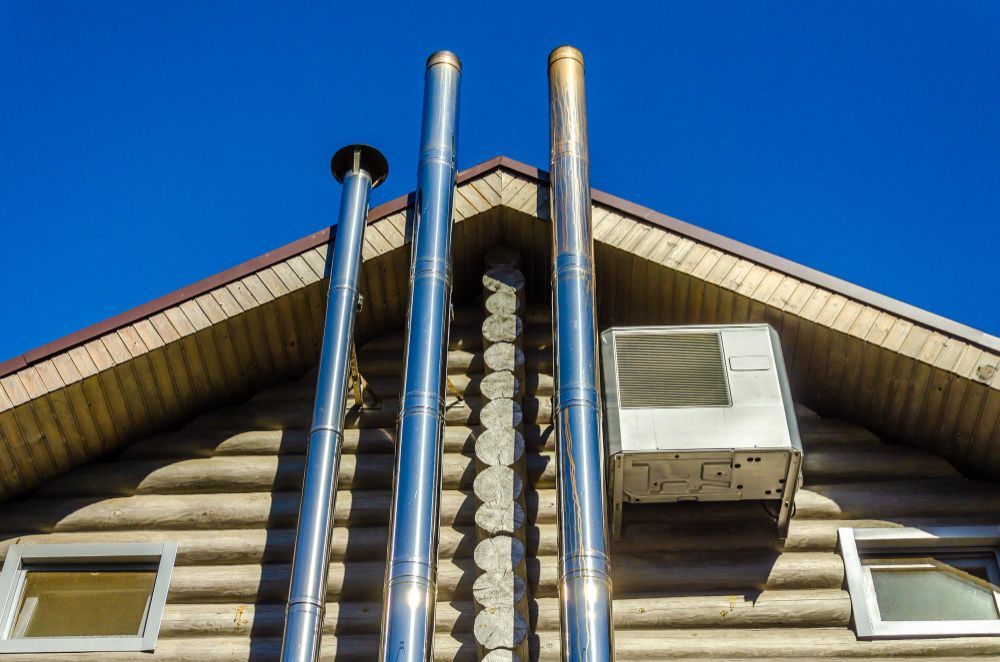
Understanding Chimney Liners: What Homeowners Need to Know
What is a Chimney Liner?
A chimney liner is a critical protective layer nestled inside your chimney, serving as a silent guardian for your home. Crafted from durable materials like clay, metal, or specialized ceramic, these liners create a secure pathway for smoke, gases, and combustion byproducts. Imagine it as a protective sleeve that shields your home from potential fire hazards and structural damage.
Why Chimney Liners Matter for Home Safety
Chimney liners aren't just another home improvement project – they're a crucial safety investment. These unsung heroes provide multiple layers of protection:
- Fire Prevention: Contain extreme temperatures and prevent heat transfer
- Structural Protection: Shield your home's walls from corrosive gases
- Efficiency Boost: Improve your fireplace and heating system's overall performance
The Hidden Risks of Unlined Chimneys
Neglecting your chimney liner is like playing with fire – literally. Unprotected chimneys expose your home to:
- Increased risk of devastating house fires
- Potential carbon monoxide leaks
- Rapid deterioration of chimney structure
- Compromised indoor air quality
- Expensive structural repairs
Types of Chimney Liners
Clay Tile Liners
Traditional and time-tested, clay tile liners have been the standard for decades. They offer:
- Excellent heat resistance
- Affordable initial installation
- Good performance in standard fireplace conditions
Metal Chimney Liners
Modern and versatile, metal liners are the go-to solution for many homeowners:
- Stainless steel options for durability
- Flexible installation
- Excellent for both gas and wood-burning appliances
Cast-in-Place Liners
The ultimate in permanent chimney protection:
- Concrete-like material poured directly into the chimney
- Incredible durability
- Seamless protection against heat and corrosion
Signs You Need a Chimney Liner Replacement
Visible Chimney Damage
Red flags that scream "replace your liner":
- Cracked or damaged liner walls
- Visible rust or corrosion
- Deteriorating mortar joints
- Crumbling chimney structure
Performance Issues
Warning signs during use:
- Smoky indoor environment
- Difficulty starting or maintaining a fire
- Unusual odors when using the fireplace
- Decreased heating efficiency
When to Call a Professional
Don't play detective with your chimney's health. Call a professional if you notice:
- Persistent smoke indoors
- Any visible damage
- Decreased fireplace performance
- Homes over 10-15 years old without liner inspection
The Chimney Liner Installation Process
Pre-Installation Inspection
Critical steps before installation:
- Comprehensive chimney evaluation
- Measuring chimney dimensions
- Identifying potential structural issues
- Determining appropriate liner type
Choosing the Right Liner
Key considerations:
- Fuel type (wood, gas, oil)
- Chimney age and condition
- Local building codes
- Budget constraints
Measuring and Sizing
Precision is paramount:
- Accurate chimney measurements
- Proper liner diameter calculation
- Accounting for bends and obstacles
Step-by-Step Installation Guide
- Clean and prepare the chimney
- Remove old liner or debris
- Select appropriate liner material
- Carefully insert new liner
- Secure and seal connections
- Perform final safety inspection
Professional Chimney Liner Installation vs. DIY
Benefits of Professional Installation
Why experts matter:
- Guaranteed safety
- Code compliance
- Proper tools and techniques
- Comprehensive warranty
- Detailed inspection and documentation
Risks of DIY Chimney Liner Projects
Potential pitfalls:
- Improper installation
- Safety hazards
- Voided home insurance
- Costly future repairs
When to Hire Experts
Always choose professional installation for:
- Complex chimney structures
- Gas or oil heating systems
- Older homes
- Limited personal expertise
Maintenance and Care for Your Chimney Liner
Regular Inspection Techniques
Protecting your chimney liner requires consistent attention:
- Annual professional inspections
- Visual checks for visible damage
- Monitor fireplace performance
- Use specialized cameras for internal examination
Cleaning and Maintenance Tips
Keep your chimney liner in top condition:
- Remove creosote buildup
- Clear debris and obstructions
- Check for moisture intrusion
- Maintain proper ventilation
Extending the Life of Your Chimney Liner
Proven strategies to maximize durability:
- Use high-quality, dry firewood
- Avoid overloading the fireplace
- Maintain consistent burning temperatures
- Address minor issues promptly
Cost Considerations for Chimney Liner Installation
Factors Affecting Installation Costs
Budget-wise breakdown:
- Liner material type
- Chimney complexity
- Home size and configuration
- Local labor rates
- Additional repair needs
Long-Term Savings and Investment
Think beyond immediate expenses:
- Prevent costly structural damage
- Improve home energy efficiency
- Potential insurance discounts
- Increase property value
Budgeting for Chimney Liner Replacement
Smart financial planning:
- Save 10-15% of home maintenance budget
- Get multiple professional quotes
- Consider financing options
- Plan for periodic replacements
Legal and Safety Regulations
Building Code Requirements
Stay compliant and protected:
- Local building permit regulations
- National fire safety standards
- Specific installation guidelines
- Mandatory inspection protocols
Insurance Implications
Protect your financial investment:
- Potential insurance rate adjustments
- Coverage requirements
- Documentation needs
- Proof of professional installation
Staying Compliant and Protected
Essential steps:
- Keep detailed maintenance records
- Work with certified professionals
- Regular documentation updates
- Understand local regulatory changes
Common Chimney Liner Installation Mistakes to Avoid
Improper Sizing
Critical considerations:
- Precise chimney measurement
- Match liner to fuel type
- Account for unique chimney configurations
- Prevent inefficient burning
Incorrect Material Selection
Avoiding costly errors:
- Consider fuel type
- Evaluate home's specific needs
- Understand material limitations
- Prioritize long-term performance
Professional Tips for Success
Expert insights:
- Always consult professionals
- Invest in quality materials
- Prioritize safety over cost-cutting
- Understand your specific requirements
Conclusion: Protecting Your Home with Proper Chimney Liner Installation
Chimney liner installation isn't just a home maintenance task – it's a critical investment in your family's safety and your property's longevity. By understanding the importance of professional chimney liner solutions, you're taking a proactive step in protecting your home from potential fire hazards, structural damage, and inefficient heating.
Key takeaways:
- Chimney liners are essential for home safety
- Professional installation provides maximum protection
- Regular maintenance prevents costly repairs
- Invest in quality materials and expert services
Remember, a well-maintained chimney liner is more than just a component of your home – it's peace of mind for you and your loved ones. Don't wait for problems to arise; take action today to ensure your home remains safe, efficient, and protected.

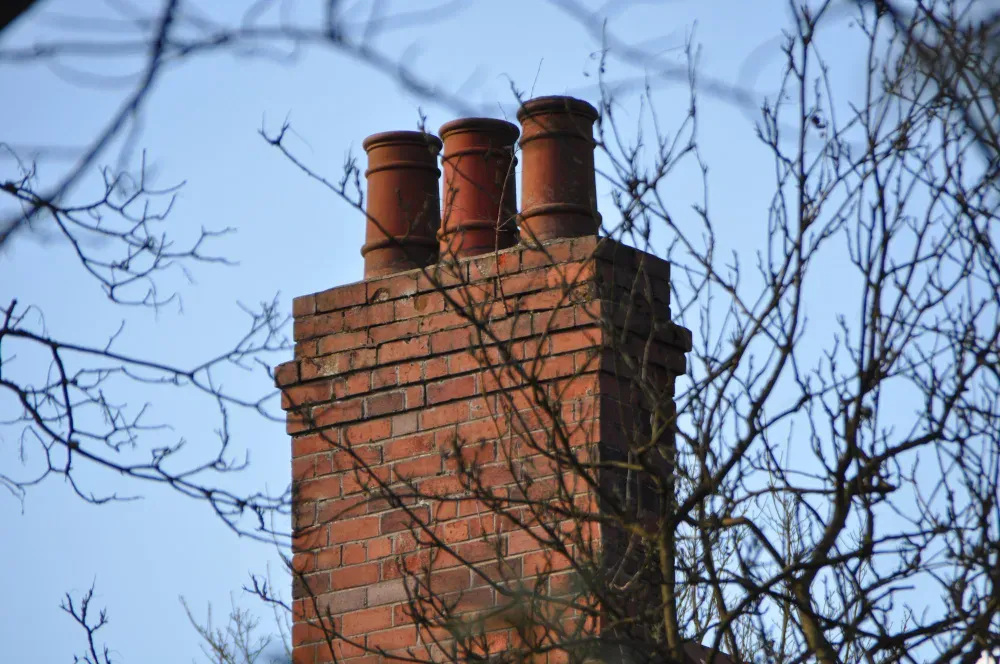
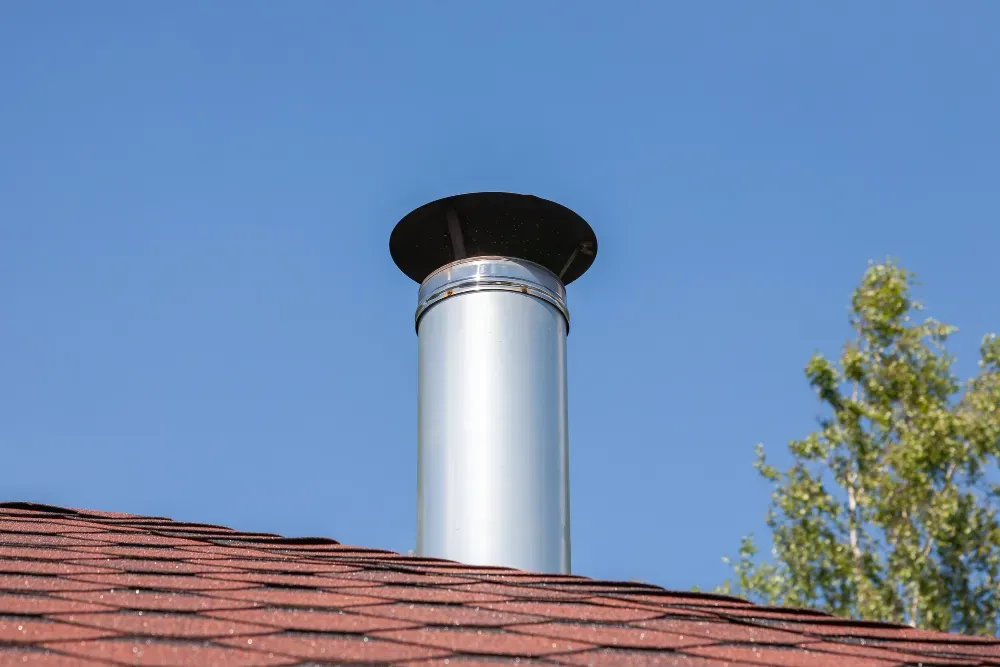
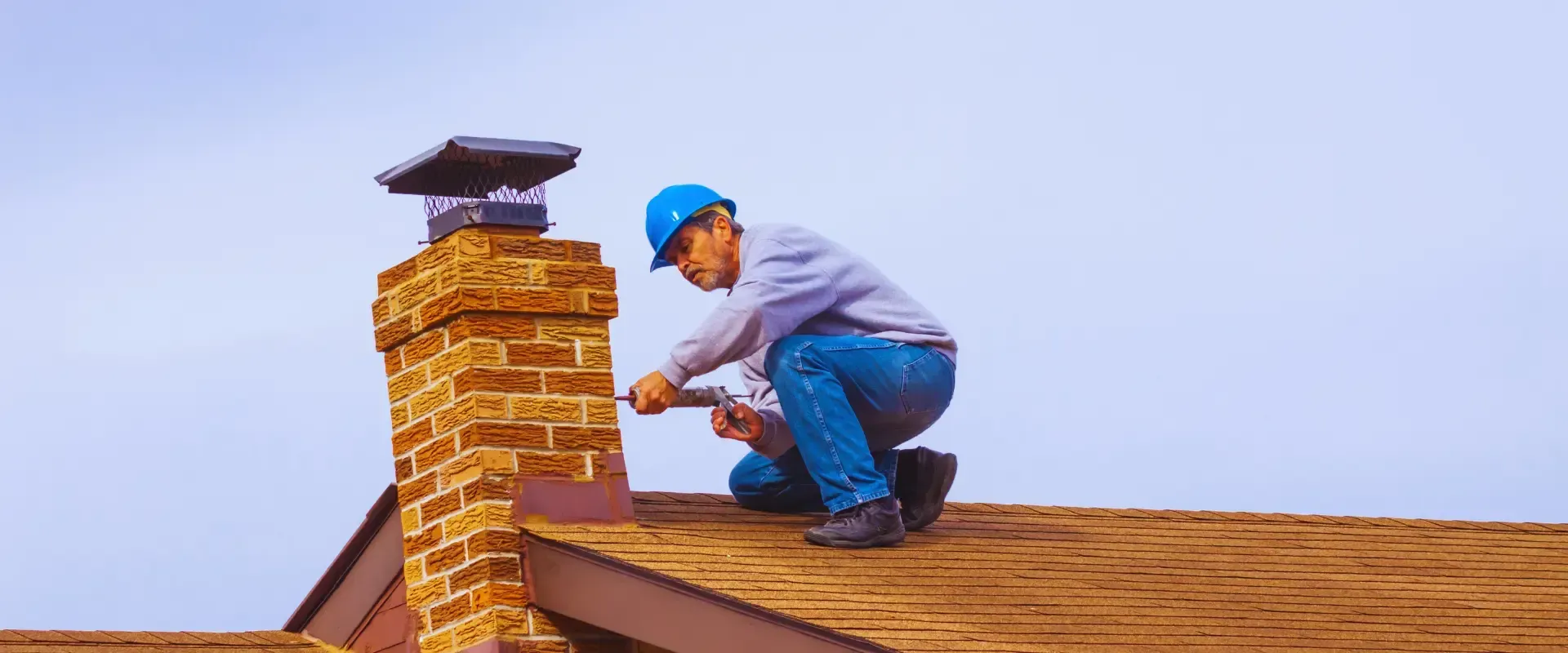
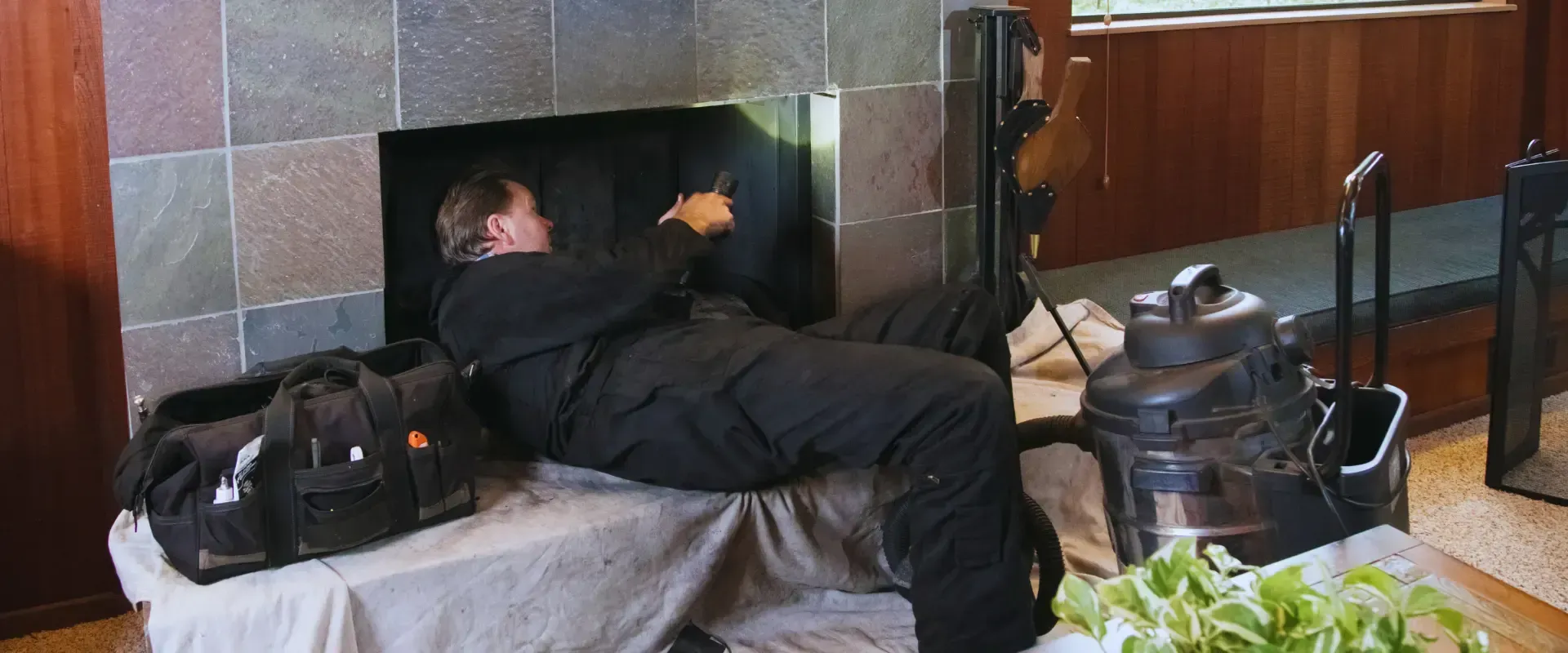
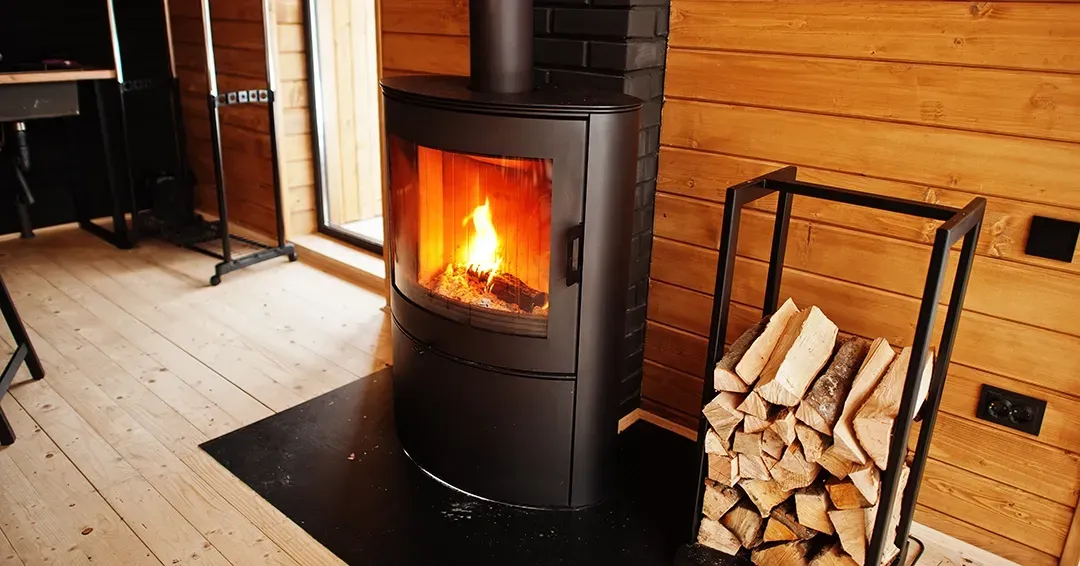
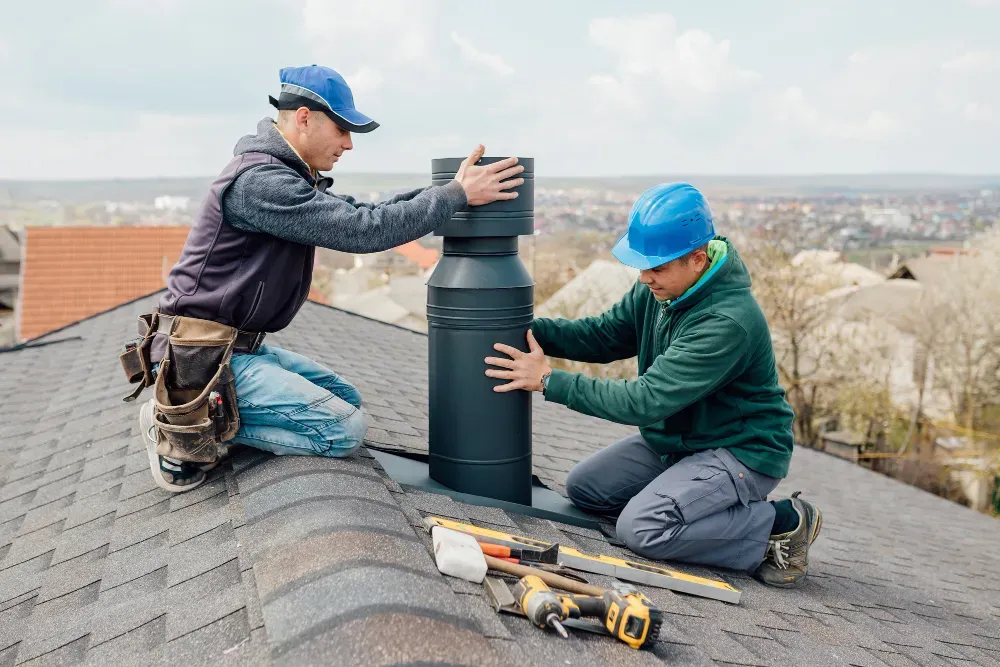
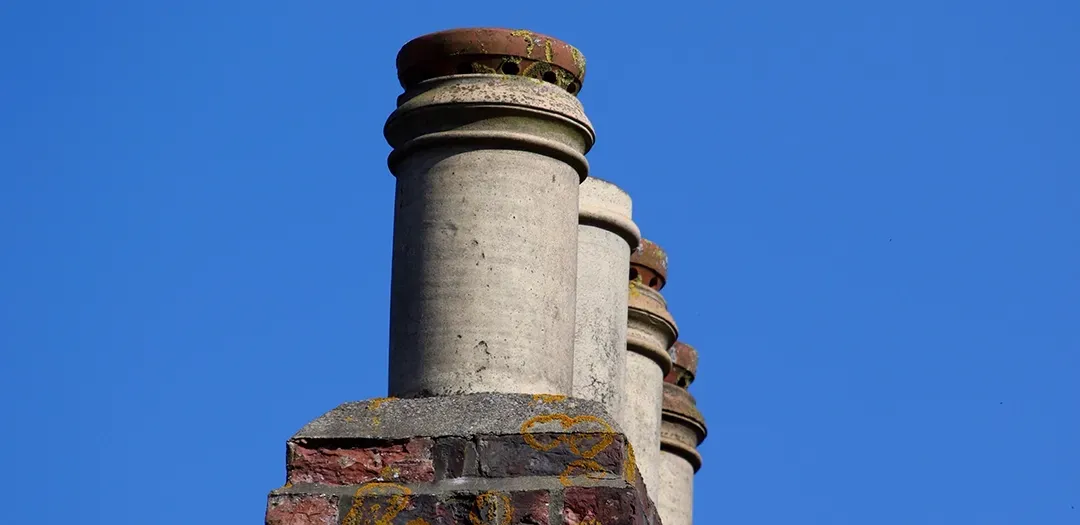
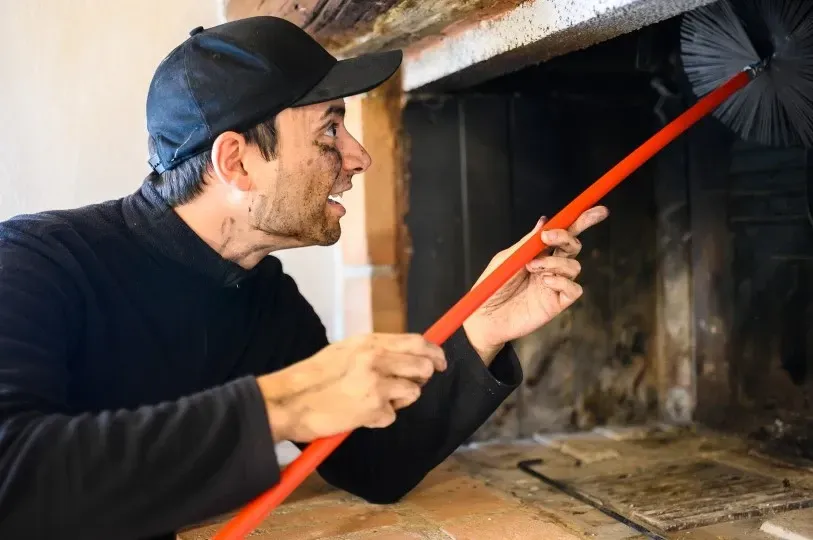
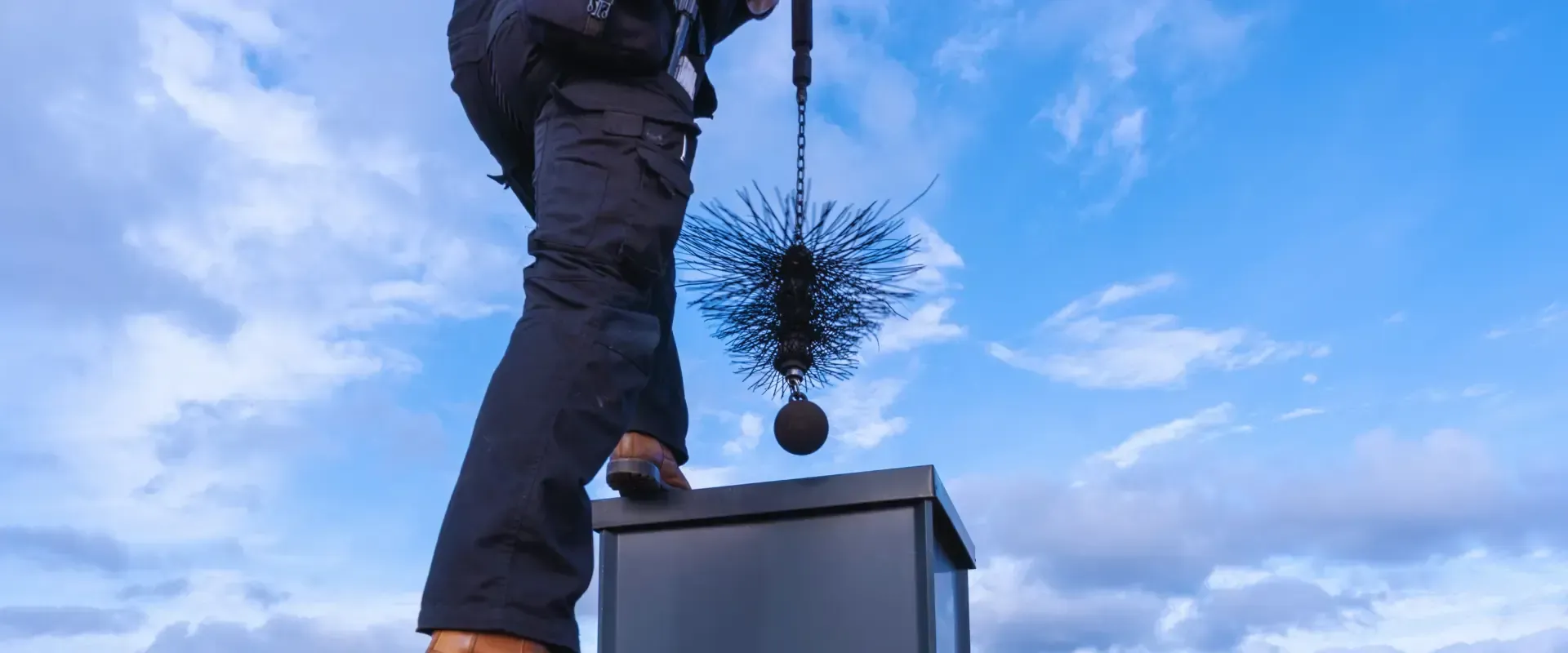
Welcome to Select Chimney Services, your trusted partner for all your chimney needs in Union, ME, and surrounding areas. Our team of experienced professionals is dedicated to providing top-quality chimney cleaning, inspection, repair, and installation services tailored to meet your specific requirements. With a commitment to excellence and customer satisfaction, we ensure the safety and efficiency of your chimney system, allowing you to enjoy warmth and comfort with peace of mind. Contact us today to schedule an appointment and experience the difference with Select Chimney Services.
All Rights Reserved | Select Chimney Service
Quick Links:
- Home
- About Us
- Services
- Contact Us
Contact Information
Company Name: Select Chimney Services
Number: (207) 975-5726
Email: selectchimneyservices@gmail.com
Business Hours:
8:00 AM to 8:00 PM every day of the week
